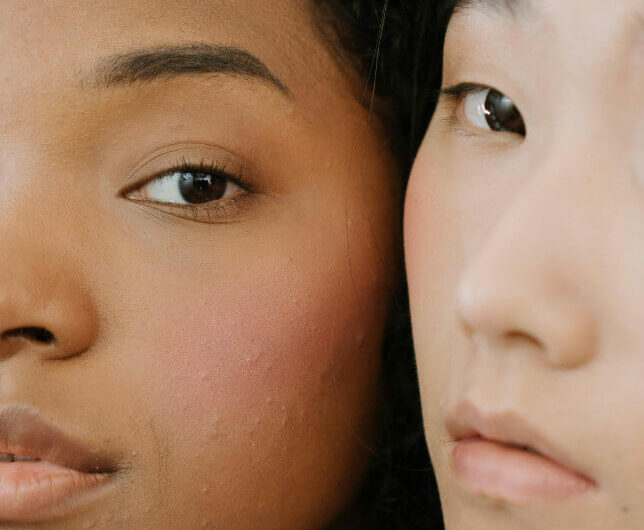
Table Of Contents
- Understanding Fungal Acne on Black Skin
- Causes and Prevention of Fungal Acne
- Fungal Acne on Black Skin – Fungal Acne Diagnosis
- Over-the-Counter Solutions
- Prescription Medications
- Maintaining Healthy Skin to Prevent Recurrence
- Differentiating Between Fungal Acne & Regular Acne
- Fungal Acne on Black Skin – The Bottom Line
Fungal acne is a skin condition that can easily be mistaken for regular acne. However, unlike common acne, it is caused by a type of yeast called Malassezia, not bacteria. Fungal acne can be difficult to manage and is a concern for many people, regardless of their skin color. In this post, we will zoom in on addressing fungal acne in black skin.
Grasping the nuances of this ailment, characterized by minuscule bumps and irritation stemming from the excessive proliferation of this yeast within hair follicles, presents distinct hurdles for individuals with more melanin-rich complexions.
You’ll learn how to treat fungal acne on black skin properly and understand why it might look or behave differently than other types of breakouts. We also dive into effective treatment options that range from over-the-counter solutions like antifungal creams and dandruff shampoos to prescription medications for more severe cases.
Moreover, we’ll guide you through adopting skin care routines that thwart potential outbreaks before they even begin.
Embarking on this journey, we aim to navigate the maze of fungal acne treatment with ease, leaving behind any bewilderment or vexation that usually tags along.
Understanding Fungal Acne on Black Skin
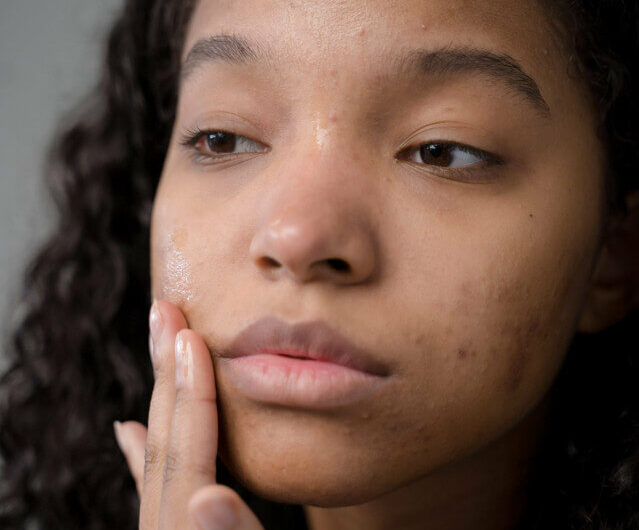
Fungal acne, known scientifically as Malassezia folliculitis, often gets mistaken for regular acne, but it’s quite different. When resident skin yeast Malassezia is allowed to proliferate within the hair follicles, it can trigger irritation and the emergence of itchy, tiny white bumps.
This condition is not unique to any skin color but can be more noticeable or manifest differently on black skin. The contrast between the inflammation and the darker skin tone may make fungal acne more apparent or misunderstood as another type of breakout.
Sweat and humidity getting locked in are major culprits behind this ailment. Wearing tight clothes or staying in moist environments can worsen it by creating a perfect breeding ground for yeast growth. Learning how to prevent fungal acne is crucial, especially since traditional acne treatments won’t work against it.
Causes and Prevention of Fungal Acne
Fungal acne, triggered by excess yeast growth in moist environments, often gets mistaken for regular breakouts. This can sometimes lead to a fungal infection if left untreated.
This condition thrives when Malassezia yeast finds a cozy home in trapped moisture on the skin, resulting in small pimples. Factors like wearing tight clothes that don’t breathe or living in warm climates can create the perfect storm for this unwelcome guest. People living in humid and moist can be more prone to this condition.
To treat fungal acne, grasping the underlying triggers is essential. Trapped moisture under workout clothes or heavy lotions can let yeast grow unchecked. Medications that affect your immune system or sudden diet changes might also tip the scales in favor of fungal overgrowth.
Preventing fungal acne involves maintaining a healthy balance between bacteria and fungi on our skin. Opting for loose-fitting clothing and promptly changing out of sweaty workout gear are simple yet effective strategies. Dive deeper into safeguarding your skin by exploring various strategies to halt fungal acne in its tracks.
RELATED: Read our take on the Top Fungal Acne Face Washes You Need to Try: 10 Solid Daily Options That Won’t Strip Your Skin and How to Moisturize with Confidence when dealing with Fungal Acne.
Fungal Acne on Black Skin – Fungal Acne Diagnosis
Fungal acne on black skin can be particularly challenging to diagnose, as it may be mistaken for other skin conditions such as traditional acne, eczema, etc.
The visual similarity to other types of acne often leads to incorrect diagnoses and treatments, which can make fungal acne much worse.
However, there are specific characteristics of fungal acne that can help differentiate it from other skin issues.
One key indicator is the presence of small, uniform bumps that may be itchy or tender to the touch. Additionally, fungal acne often does not respond well to traditional acne treatments, such as benzoyl peroxide or salicylic acid.
This is particularly true for individuals with black skin, where the symptoms may present differently or be harder to spot. A thorough assessment of symptoms by a healthcare professional is crucial.
To properly treat and get fungal acne diagnosed on black skin, doctors might perform skin sampling. A skin sample is obtained through a procedure such as a skin scraping or biopsy, allowing healthcare professionals to observe the specimen under a microscope for acne diagnosis.
By observing the skin specimen through a microscope, they’re able to pinpoint the specific bacteria or yeast culprits behind these ailments. To circumvent exacerbating the situation by mistakenly addressing fungal acne as if it were its bacterial counterpart, these measures are essential.
Understanding that fungal acne arises from an overgrowth of yeast within hair follicles highlights why specific treatments are necessary.
Unlike common acne (acne vulgaris) that results from bacteria and clogged pores, antifungal medications and changes in skincare routines are needed to combat this unique form of breakout.
Tip: If you suspect you may have fungal acne, it is important to consult with a dermatologist for an accurate diagnosis and an appropriate treatment plan.
Over-the-Counter Solutions
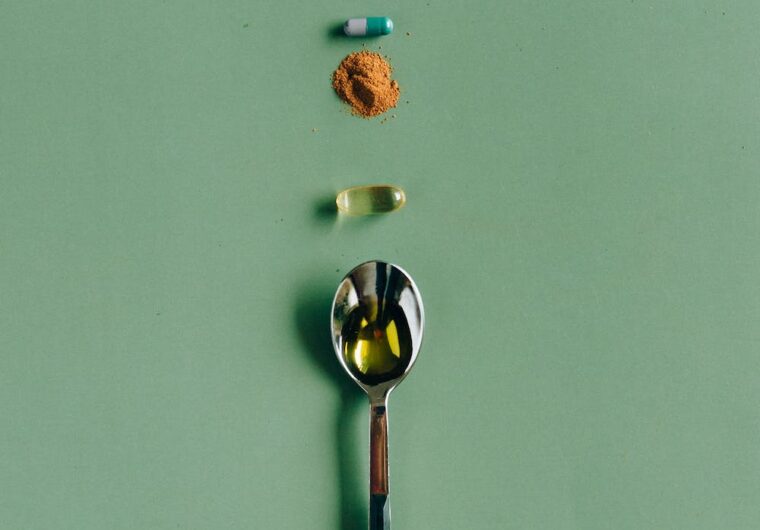
If you experience fungal acne, dandruff shampoos and topical antifungals offer a convenient first step to getting fungal acne treated at home. These products, like those containing pyrithione zinc or selenium sulfide, target the yeast responsible for this condition.
When people start using these shampoos or creams on troubled spots, many notice a significant difference without having to resort to stronger, doctor-prescribed solutions.
Clotrimazole cream is another accessible option that fights the fungus directly. Clotrimazole cream excels by halting yeast expansion in hair follicles, soothing redness, and erasing the tiny blemishes that are hallmarks of fungal acne.
Incorporating these products into your skincare routine can be quite beneficial.
To learn more about how over-the-counter options can be part of your treatment plan, explore effective fungal acne treatments here.
Prescription Medications
Oral antifungal medications tackle the infection from within but come with potential side effects such as nausea or potential liver concerns.
For fungal acne, common topical prescriptions provide a targeted approach to eliminating yeast growth on the skin’s surface while minimizing systemic side effects.
By customizing the therapy, we significantly boost the likelihood of bringing back a balanced skin condition and warding off future flare-ups.
Get the scoop on fungal acne if you need to know the Absolute Best Fungal Acne Safe Products For All Skin Types.
Maintaining Healthy Skin to Prevent Recurrence
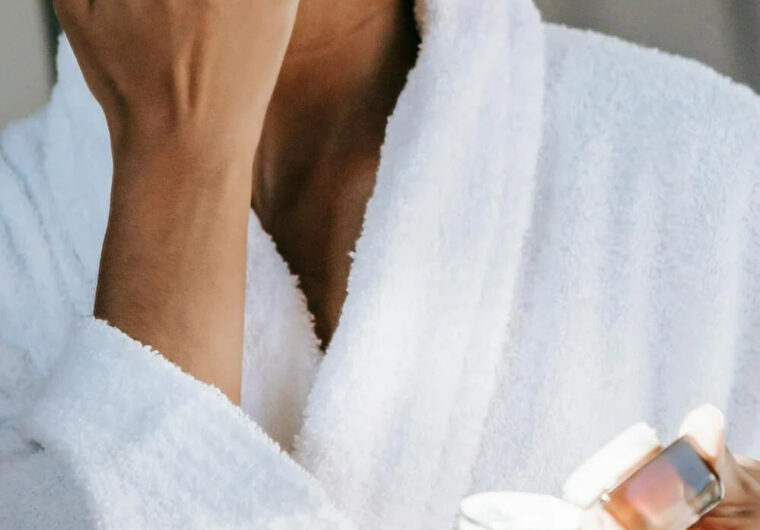
Cleansing Practices For Fungal Acne Black Skin
One key to keeping fungal acne at bay is adopting proper cleansing habits. Using body washes that are formulated to fight the growth of Malassezia yeast can make a big difference and can stop making the infection worse. This fungus thrives in moist environments, so it’s crucial to shower immediately after intense activities that leave you with sweaty clothes.
Breathable fabrics also play a significant role in maintaining a healthy balance on your skin by reducing trapped moisture, which fungi find inviting. If you wear tight clothes, switch them up with loose clothing. Changing clothes regularly is also recommended.
Remember, prevention starts with understanding how these yeasts grow and taking steps every day to minimize their breeding grounds.
Dietary Considerations
The link between what you eat and the condition of your skin could be stronger than previously imagined.
Consuming large amounts of processed and sugary carbohydrates may exacerbate fungal acne by disrupting the balance of bacteria and fungi on your skin, potentially setting the conditions for future outbreaks of fungal acne. [ 1 , 2]
To maintain this balance and prevent recurrence, consider incorporating foods known for their antifungal properties into your diet or adjusting your intake according to what works best for you.
Staying informed about how fungal acne can come back will empower you with the knowledge needed for effective prevention strategies.
Get to know your skin! Learn How To Tell If Acne Is Hormonal Or Bacterial
Differentiating Between Fungal Acne & Regular Acne
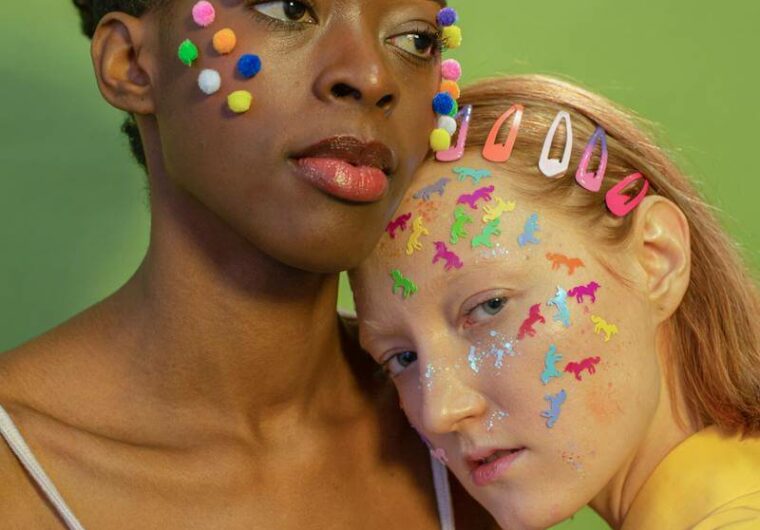
Regular acne and fungal acne appear as stubborn rivals on your skin, but they’re more like distant cousins in varying sizes with different needs.
While both show up uninvited, understanding their unique characteristics is key to showing them the door.
Regular acne, or bacterial acne as it’s scientifically known, thrives on oil and dead skin cells. It varies in size and often comes with a side of redness or even pain.
On the other hand, fungal acne isn’t actually acne at all—it’s an overgrowth of yeast within hair follicles causing uniform pimple-like bumps that itch rather than hurt.
The process of treating regular acne effectively involves a variety of strategies, including keeping the affected area clean and sometimes medication for those tougher breakouts.
Meanwhile, fungal outbreaks require antifungal treatments—think dandruff shampoos containing pyrithione zinc or selenium sulfide applied directly to the skin.
More severe cases might need prescription oral medications from a health care provider.
Fungal Acne on Black Skin – The Bottom Line
Understanding fungal acne on black skin, marks the start of your journey to clearer, healthier skin.
Key takeaways include recognizing the unique signs of fungal acne on darker tones and knowing it’s not just regular breakouts.
Keep in mind that addressing this issue requires a broader approach than merely applying typical ointments. From antifungal shampoos to prescription meds, you’ve got options.
Maintain healthy habits. Shower after sweating and choose breathable fabrics to keep yeast at bay.
If you’re confused or frustrated about tackling fungal acne, remember that proper diagnosis is step one. Then, pick the right treatment and stick with a prevention plan for lasting results.
Now that you’re equipped with the know-how, wield it judiciously in your fight against fungal acne and look forward to basking in the glow of clearer skin.
- Wilde, P. F., & Stewart, P. S. (1968). A study of the fatty acid metabolism of the yeast Pityrosporum ovale. Biochemical Journal, 108(2), 225-231. https://doi.org/10.1042/bj1080225
- Llewellyn, A. “Variations in the composition of the skin surface lipid associated with dietary carbohydrates.” Proc Nutr Soc 26 (1967): 11.
- Thayikkannu, A. B., Kindo, A. J., & Veeraraghavan, M. (2015). Malassezia—Can it be Ignored? Indian Journal of Dermatology, 60(4), 332-339. https://doi.org/10.4103/0019-5154.160475
- Tejima, K., Chen, X., Iwatani, S., & Kajiwara, S. (2019). Long-Chain Acyl-CoA Synthetase is Associated with the Growth of Malassezia spp. Journal of Fungi, 5(4). https://doi.org/10.3390/jof5040088
- Rubenstein, R. M., & Malerich, S. A. (2014). Malassezia (Pityrosporum) Folliculitis. The Journal of Clinical and Aesthetic Dermatology, 7(3), 37-41. https://www.ncbi.nlm.nih.gov/pmc/articles/PMC3970831/
More Content
- The Ultimate Guide to Fungal Acne Safe Oils
- Find Your Match: Top Fungal Acne Safe Concealer Picks
- Fungal vs Bacterial Acne
- How to Cure Fungal Infection on Skin Naturally at Home
- How To Tell If Acne Is Hormonal Or Bacterial
- Is Benzoyl Peroxide Good for Fungal Acne?
- The Truth About Retinol and its Effectiveness in Treating Fungal Acne
- Unlocking the Power of Sulfur for Fungal Acne
- Does Niacinamide Help with Fungal Acne?
- Fungal Acne Safe Products You Can Add To Your Skin Routine
- Sunscreens for Fungal Acne
- The Best Products for Fungal Acne
- Fungal Acne Safe Foundation Makeup
- Best Antifungal Creams for Face
- Top-Rated Benzoyl Peroxide Face Wash for Acne
- DIY Fungal Acne Treatment at Home: Natural Solutions That Work
- What is Fungal Acne
- Top Fungal Acne Moisturizers
- Toners for Fungal Acne
- Malezia Skincare: A Game-changer for Fungal Acne
- Tea Tree Oil For Fungal Acne
- The Best Fungal Acne Safe Face Wash for Your Skin (New Recommendations)
- Skin Care Routine for Fungal Acne
- The Best Non-Anti fungal* Fungal Acne Safe Shampoos
